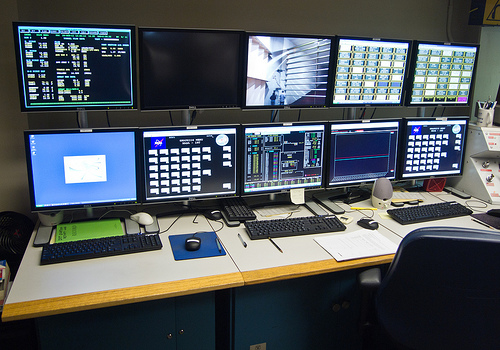

The cookies is used to store the user consent for the cookies in the category "Necessary". This cookie is set by GDPR Cookie Consent plugin. The cookie is set by GDPR cookie consent to record the user consent for the cookies in the category "Functional". The cookie is used to store the user consent for the cookies in the category "Analytics". These cookies ensure basic functionalities and security features of the website, anonymously. Necessary cookies are absolutely essential for the website to function properly. If you really want to wipe-out everything on your disk you might want to consider using a utility called DBan. It is important to repeat this command a few times to ensure all data is erased. Completely erasing all data on your entire hard disk can be achieved by overwriting all sectors with zero’s using the “cat” command # cat /dev/zero >/dev/sda Since wipefs does not erase the filesystem itself nor any other data from the device you will need to do this separately which is particularly of importance if you sell your hardware. Same can be achieved using the “–type” option or in short “-t”. To remove only a specific signature you could use the “–offset” option or in short “-o”. If you want to remove the signatures and metadata of not just the entire block device but also the created partitions at once, you can do so by simply adding an asterisk to the device name. # ls -l ~/wipefs-*.bak -rw- 1 root root 8 Feb 27 18:54 /root/wipefs-sda-0x00000218.bakĪnd restore using the “dd” command. To restore first find the relevant back-up file. This can be done adding the “–backup” option or in short “-b”. You might want to create a back-up in case something goes wrong and you need to perform a restore. Note that “-a” and “-f” are the short versions of the “–all” and “–force” options, respectively. To wipe the disk /dev/sda run the following command : # wipefs -a -f /dev/sda # wipefs /dev/sda* DEVICE OFFSET TYPE UUID LABEL For this we need to add an asterisk at the end of the device name as a wildcard. Since wipefs does not work recursively running the command on an entire block device (e.g., /dev/sda), will not show the signatures of every partition on the device. # wipefs /dev/sda1 DEVICE OFFSET TYPE UUID LABEL To display the current signatures on a hard disk run the following command : # wipefs /dev/sda Removing metadata and signatures from previously used hard drives is important to ensure that when they are reused in a new system, they do not contain information that could interfere with the installation of an operating system and underlying file system and cause the process to fail. The tf chip is sda and sdb upon insertion via a usb adapter.Wipefs is a great tool for removing signatures and metadata from used hard drives that have been previously partitioned and formatted. should this issue be closed?Ģ)the format commands are not working as lsblk It is running on a usb stick at the moment.
#RPI WIPEFS INSTALL#
the good news is that the 20230303 download has solved the pip3 install problem and i was able to install opencv as well.Python3.10-dev : Depends: libpython3.10 (= 3.10.6-1~22.04.2) but 3.10.4-3ubuntu0.1 is to be installedĮ: Unable to correct problems, you have held broken packages. Libexpat1-dev : Depends: libexpat1 (= 2.4.7-1ubuntu0.2) but 2.4.7-1 is to be installed The following packages have unmet dependencies: The following information may help to resolve the situation: Requested an impossible situation or if you are using the unstableĭistribution that some required packages have not yet been created

The 3rd sudo apt install python3.10 python3.10-dev I entered the step 1 commands of the suggestion: Python 3.10.4 is the active python version


 0 kommentar(er)
0 kommentar(er)
